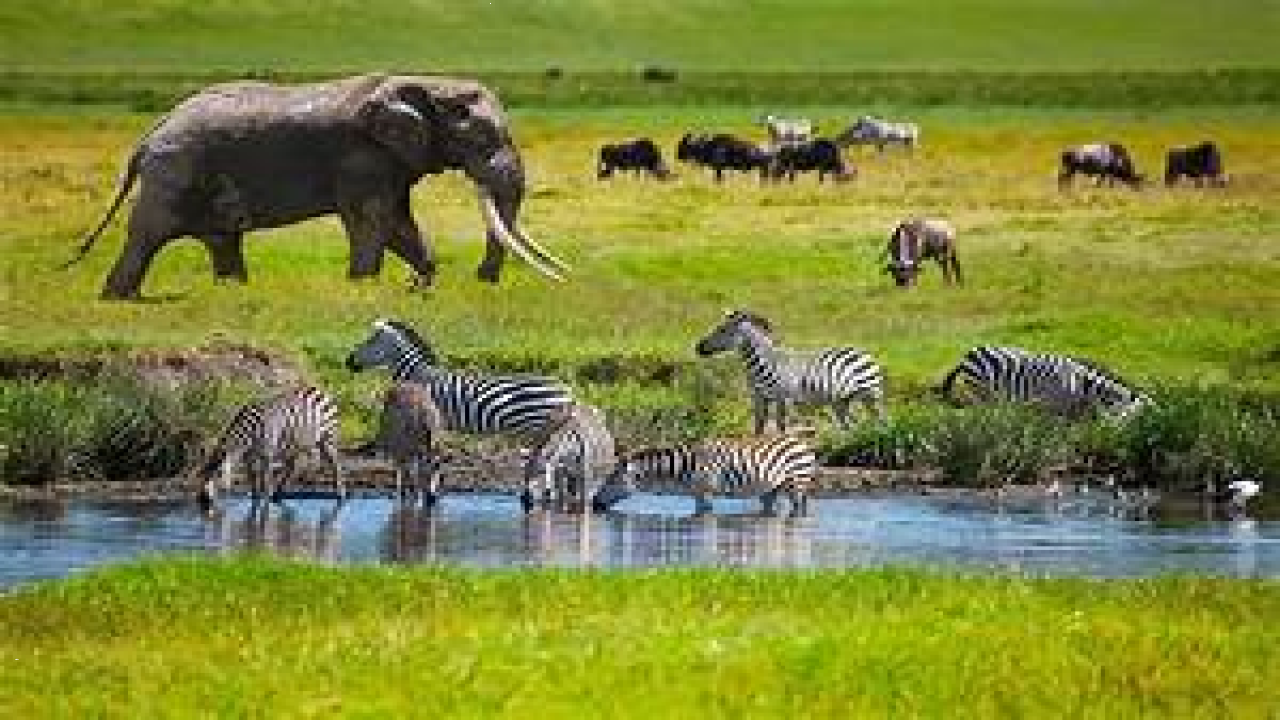Wild life
Wildlife refers to the flora and fauna of a particular area, including plants, animals, and other organisms that are not domesticated. Biodiversity, which encompasses the diversity of life on Earth, is critical for the health and well-being of ecosystems and human societies.
Importance of Wildlife
Wildlife is important for a number of reasons, including:
- Ecological services: Wildlife provides a range of ecological services that are critical for the health and well-being of ecosystems and human societies. For example, pollination by bees and other insects is essential for the reproduction of many plant species, while predators help to control the populations of herbivores and maintain a healthy balance in ecosystems.
- Cultural value: Wildlife has significant cultural value, playing an important role in many human societies. For example, many indigenous communities around the world have a close relationship with wildlife, viewing it as an integral part of their cultural identity and way of life.
- Economic benefits: Wildlife provides a range of economic benefits, including tourism, hunting, and fishing. For example, ecotourism is a growing industry that provides significant economic benefits to local communities and supports the conservation of wildlife and their habitats.
Threats to Wildlife
Despite its many benefits, wildlife faces a range of threats, including:
- Habitat loss and fragmentation: The destruction and fragmentation of habitats, often due to human activities such as deforestation and urbanization, is one of the biggest threats to wildlife.
- Climate change: Climate change is affecting the distribution and behavior of many wildlife species, leading to changes in their ranges, migration patterns, and reproductive cycles.
- Pollution: Pollution, including air and water pollution, can have significant negative impacts on wildlife and their habitats.
- Overexploitation: Overexploitation, including overhunting and overfishing, can lead to the depletion of wildlife populations and the collapse of ecosystems.
Conservation of Wildlife
Conservation measures are needed to protect wildlife and their habitats. These measures can be divided into three broad categories:
- Habitat protection: Habitat protection measures, such as the establishment of protected areas and the restoration of degraded habitats, can help to conserve wildlife and their habitats.
- Sustainable use: Sustainable use measures, such as the implementation of sustainable hunting and fishing practices, can help to ensure that wildlife populations are maintained at sustainable levels.
- Education and awareness: Education and awareness campaigns can help to raise awareness about the importance of wildlife and the threats that they face, and encourage more sustainable land use practices.
Examples of Wildlife Conservation Programs:
- Project Tiger, India: This program was launched in 1973 to protect the endangered Bengal tiger. The program has been successful in increasing the tiger population in India from 1,411 in 2006 to 2,967 in 2019.
- Gorilla Conservation Program, Rwanda: This program was launched in the 1980s to protect the endangered mountain gorilla. The program has been successful in increasing the gorilla population in Rwanda from 240 in 1981 to 604 in 2016.
- Sea Turtle Conservation, Costa Rica: This program was launched in the 1950s to protect the endangered sea turtle. The program has been successful in increasing the sea turtle population in Costa Rica from 500 in the 1950s to over 20,000 in 2018.
- Giant Panda Conservation, China: This program was launched in the 1960s to protect the endangered giant panda. The program has been successful in increasing the giant panda population in China from 1,114 in 2000 to 1,864 in 2019.


